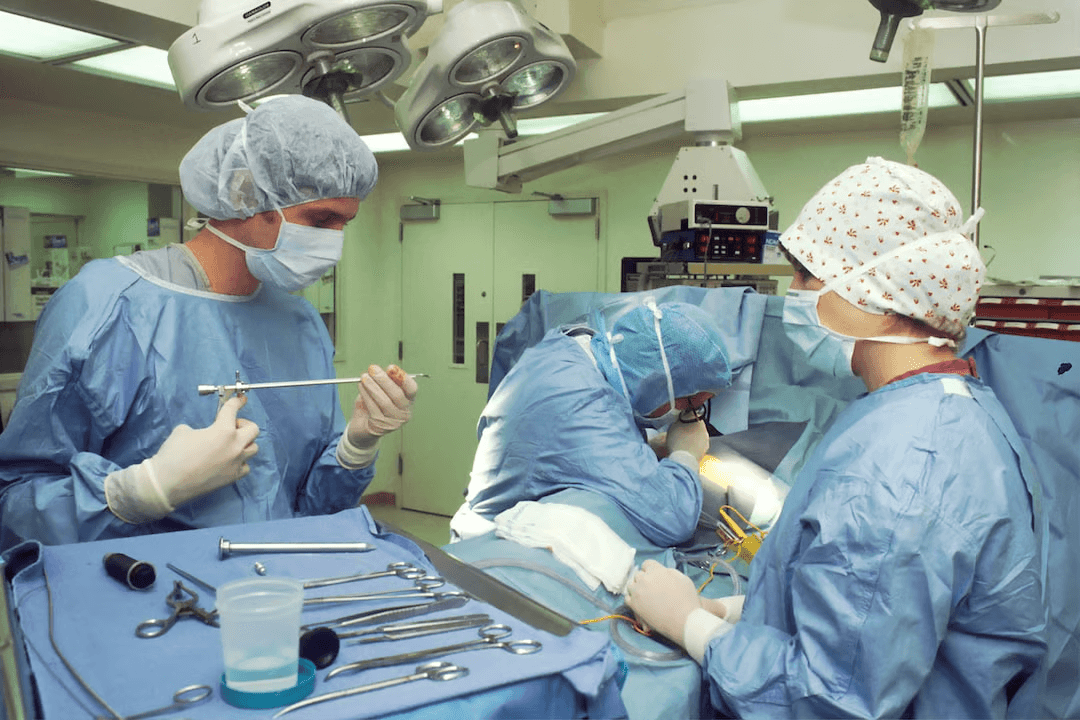
When choosing a mobile operating room (MOR), it is important to carefully assess several key factors to ensure that the unit will meet your specific medical, logistical, and operational needs. Here are the main factors to consider:
1. Purpose and Application
Type of Surgeries: Consider the types of surgical procedures you plan to perform. Mobile operating rooms vary in their equipment and capabilities, so ensure the unit is designed for the complexity of surgeries needed, whether minor, general, or specialized surgeries (e.g., orthopedic, cardiac, or trauma care).
Use Case: Determine the primary use of the MOR, such as disaster response, rural healthcare, military field operations, or temporary hospital expansions. Different applications may require unique features, such as rapid deployment for emergencies or extended operational periods for rural outreach.
2. Equipment and Technology
Surgical Instruments and Tools: Ensure the mobile operating room is equipped with the necessary surgical instruments, anesthesia machines, and monitoring systems for the intended procedures.
Imaging and Diagnostic Tools: Some procedures may require on-site imaging tools like portable X-rays, ultrasounds, or other diagnostic equipment. Make sure the MOR is compatible with or equipped with these technologies.
Power Supply and Backup Systems: Check for a reliable power supply, such as built-in generators, to ensure continuous operation. Backup power systems should also be in place to handle power outages.
3. Sterilization and Infection Control
Sterility: The MOR should include advanced air filtration, sterilization systems, and disposable materials to maintain a sterile environment during surgeries.
Hygiene Standards: Ensure that the unit complies with international healthcare regulations for infection control, including systems for safe waste disposal and sanitation.
4. Mobility and Deployment
Transportability: Consider how easy it is to transport the MOR. It should be able to travel to the locations you plan to serve, whether via road, air, or sea. The size and weight of the unit must align with available transport methods.
Set-Up Time: Determine how quickly the mobile operating room can be assembled and made operational upon arrival. Some units are designed for rapid deployment, which is critical in emergencies or disaster situations.
5. Size and Capacity
Operating Space: Ensure that the mobile unit has sufficient space to comfortably perform surgeries, store necessary equipment, and accommodate the medical team. Units come in different sizes, and the layout should allow for efficient movement and procedures.
Patient and Staff Capacity: Consider the number of surgeries the unit can handle at once and the number of staff and patients it can accommodate. Larger units may allow multiple surgeries simultaneously, while smaller units might be more limited.
6. Compliance and Safety Standards
Regulatory Compliance: The mobile operating room Texas meet local, national, and international health and safety standards. Ensure it complies with regulations from relevant health authorities (e.g., FDA, WHO) and is built according to industry-standard specifications.
Safety Features: The unit should have safety measures such as fire suppression systems, emergency exits, and reliable communication systems to ensure staff and patient safety during operations.
7. Climate Control and Environment
Climate and Weather Resistance: Mobile operating rooms should be equipped with heating, ventilation, and air conditioning (HVAC) systems to maintain a controlled environment in various climates. Consider whether the unit is designed to operate in extreme weather conditions, such as high heat, cold, or humidity.
Environmental Compatibility: If you are deploying the MOR to remote or harsh environments, ensure it can handle rough terrains or challenging conditions without compromising functionality.
8. Connectivity and Telemedicine
Communication Systems: The MOR should be equipped with reliable communication technology to coordinate with hospitals, emergency services, and other medical facilities.
Telemedicine Capabilities: In remote locations, telemedicine systems can be essential for consulting specialists or accessing remote support. Ensure that the unit has telemedicine capabilities, such as high-speed internet and video conferencing.